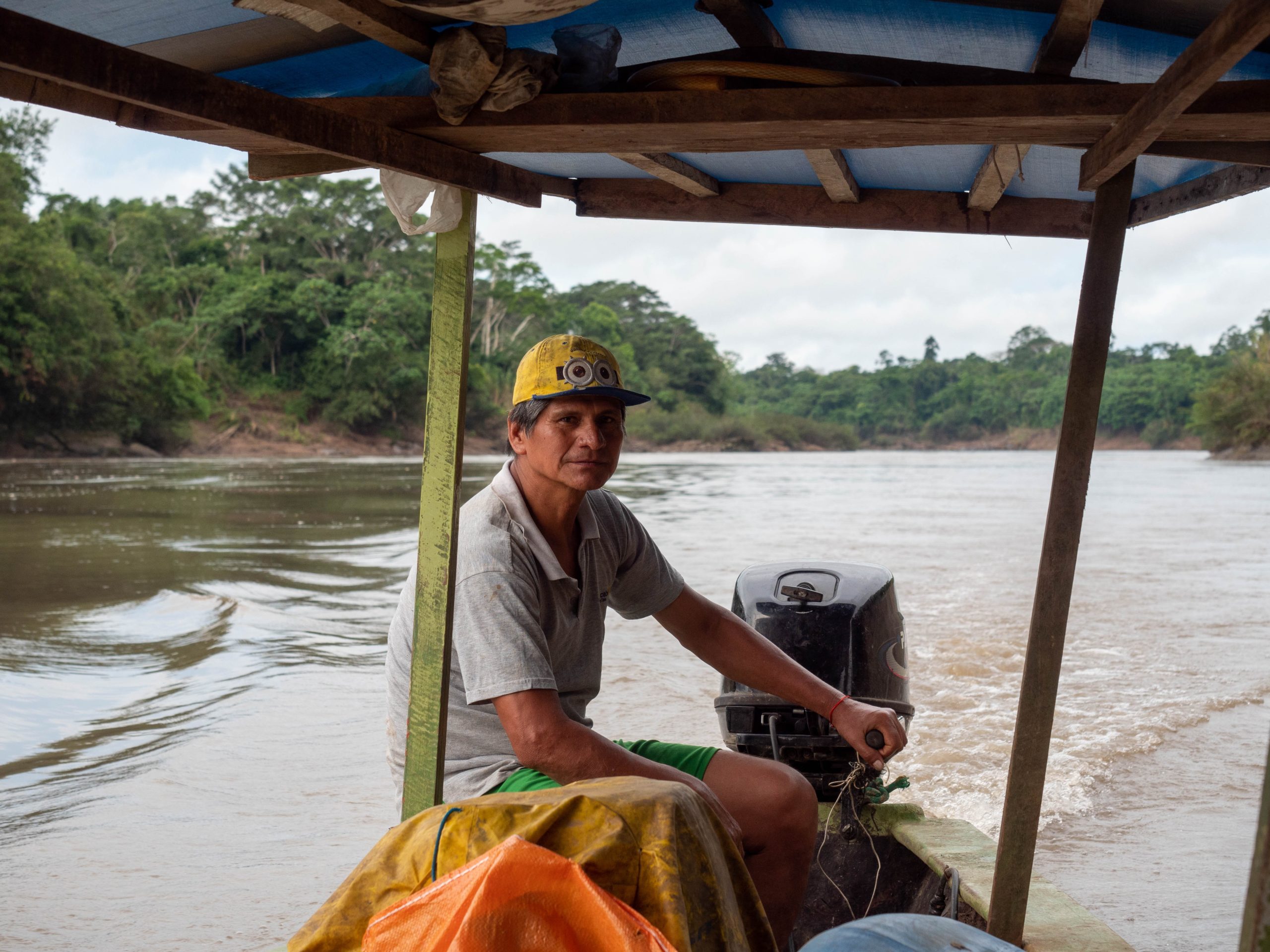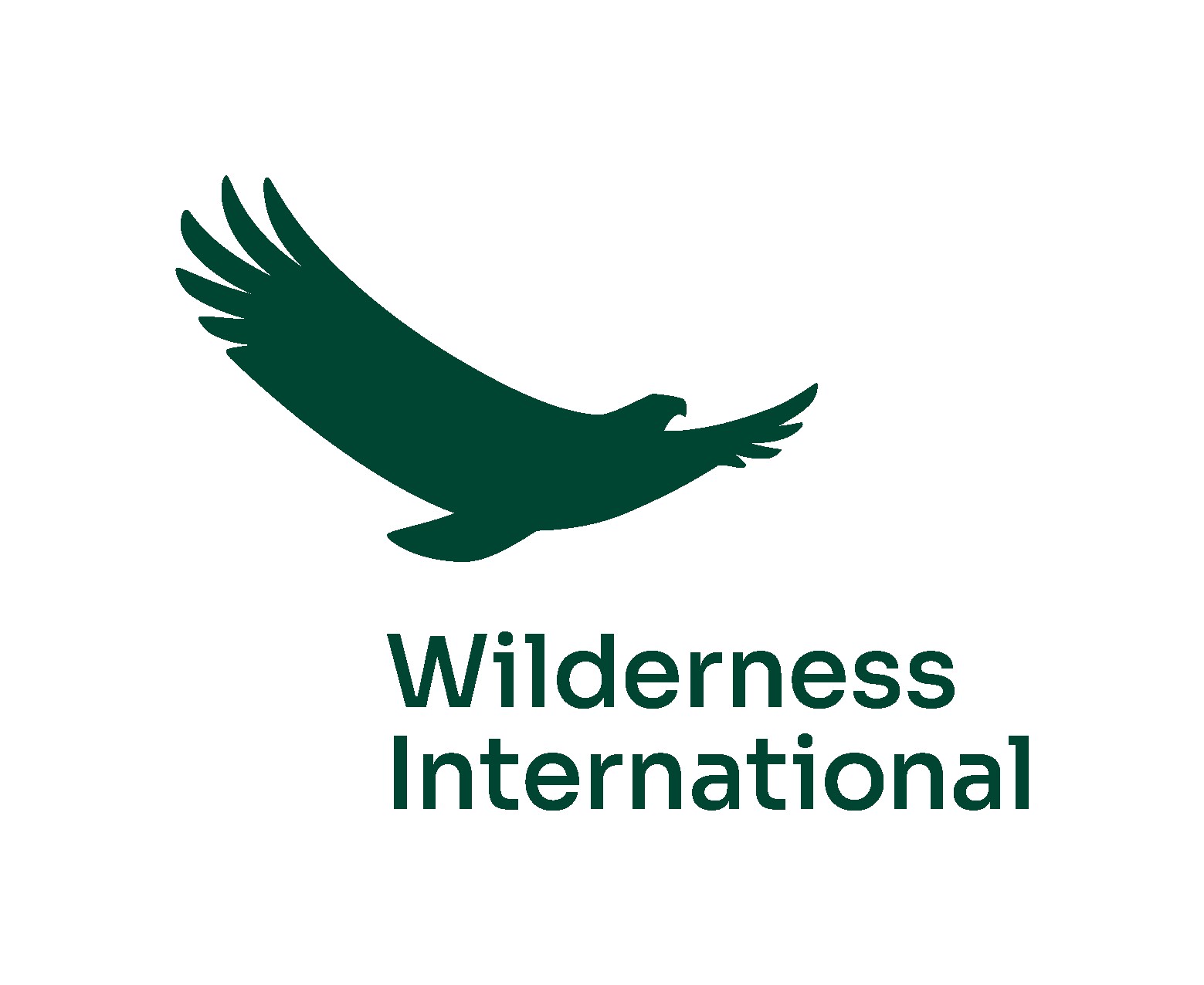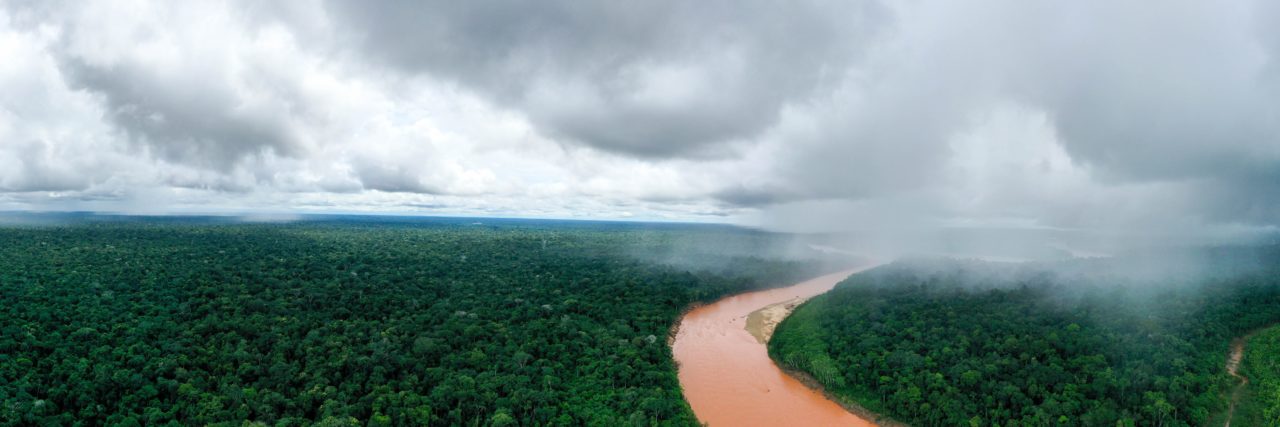 Guardians of the Amazon
Guardians of the Amazon
Sustainably protecting ancient forests from logging, mining and hunting
The Amazon rainforest is known for its biodiversity. It stretches out from Brazil's Atlantic coast all the way to the Andes in the West of the continent, making it the largest coherent rainforest of the planet. The region of Madre de Dios in the southeast of Peru is not just a regular one of those hotspots. The rainforests in this area at the foot of the Andes are considered the most biodiverse place on Earth. You can observe about 10% of the world's bird species here, in one hectare of forest you can count up to 400 different species of trees, while there are only 140 native tree species in all of Canada, and the rivers of the Amazon basin carry more species of fish then all of the Atlantic Ocean from the South Pole to the Arctic, to name just a few examples. Also, the Peruvian Amazon is one of the world’s largest carbon sinks. However, from 2002 to 2020, Madre de Dios lost 208 kha of humid primary forest (Global Forest Watch 2022). That is roughly a square with a side length of 45.6 km or equals roughly 195,765 soccer fields.
Necessity
Ensure the integrity of our protected forest areas long-term from logging, mining, and agriculture as well as providing a sustainable income for locals
Activity
Local people regularly walk through our forests, report intrusions, maintain signs, promote environmental education in the community, gain income.
Countable effort
Sustainable source of income as an alternative for logging, mining or agriculture, long-term protection of biodiversity and climate
Result
Consciousness about value of intact forests in the community - more people working in sustainable jobs - less logging, mining, hunting
Systemic effect
Protection of natural resources, biodiversity and the climate, sustainable living practices and income sources for local communities
Background
Agriculture is a big driver of deforestation. Over half (56%) of the forest loss in Madre de Dios between 2001 and 2017 corresponded to an agricultural area in 2018 (Vale Costa 2021). Another threat to these biodiverse forests is widespread legal and illegal mining. It drives land clearings that lead to habitat loss, degradation and fragmentation; the alteration of river channels, loss of 25 percent of wetlands, and deforestation of nearly 100,000 hectares since 1981 (Caballero et al. 2018), as well as the related expansion of rural roads, and agriculture, let alone larger-scale pollution from mercury and cyanide in watersheds. Mercury is a persistent, bio accumulative toxin that can cause significant impacts throughout ecosystems and food chains (USAID 2020). On top, these environmental impacts are often accompanied by negative social effects, including health issues from mercury exposure, narcotrafficking, and sexual exploitation (USAID 2020). Peru is the largest producer of gold in Latin America and the sixth-largest in the world (USAID 2020). In the department of Madre de Dios, gold mining is the main economic activity, representing 39.4 percent of the department’s gross value added and generating 772 direct, formal jobs in 2017 (USAID 2020). This shows how both mining and agriculture provide an important livelihood in these rural areas, which lack alternative economic opportunities.
The good deed
Your GOOD DEED makes our forest guardian program possible. This way, local people ensure the permanent protection of these incredibly valuable and biodiverse primary rainforests and in turn, this work provides them with an alternative, sustainable income and education. Thus, they do not have to work in harmful and unsustainable jobs such as gold mining, tree-cutting or cattle-farming. Instead, they receive training and pass on their knowledge about the forest and the basis of life it provides, such that the entire community benefits. Thereby, we prevent the destruction of Amazon rainforest together with local people on the long-term and preserve these forests as a sustainable base of livelihood. This way, we protect a truly unique natural environment, for humans, for an incredible diversity of animals and giant trees, and an essential buffer for a healthy climate.

About Peru
Our Good deed takes place around
Tambopata River near Puerto Maldonado, Tambopata District, Madre de Dios
Population of Puerto Maldonado
85,024 (2017)
Per capita GDP
Peru
8,611 CA$ (2021)
HDI Peru
0.777
placed 79th
out of 189 countries
Astonishing contrasts: world's second driest desert in the south vs. rainforests with up to 3800 mm of rainfall yearly in the east. Peru's people speak more than 47 indigenous languages.
About the organization and further information

Website
https://www.wilderness-international.org/en/
Further information and source
- • Caballero, J., Messinger, M., Román-Dañobeytia, F., Ascorra, C., Silman, M., & Ferandez, L. (2018). Deforestation and Forest Degradation Due to Gold Mining in the Peruvian Amazon: A 34-Year Perspective. Remote Sensing.
- • Vale Costa H, Finer M (2021) Agriculture and Deforestation in the Peruvian Amazon. MAAP: 134.
- • Global Forest Watch 2022
- • USAID (2020). Case Study: Artisanal and small-scale mining in Peru.




